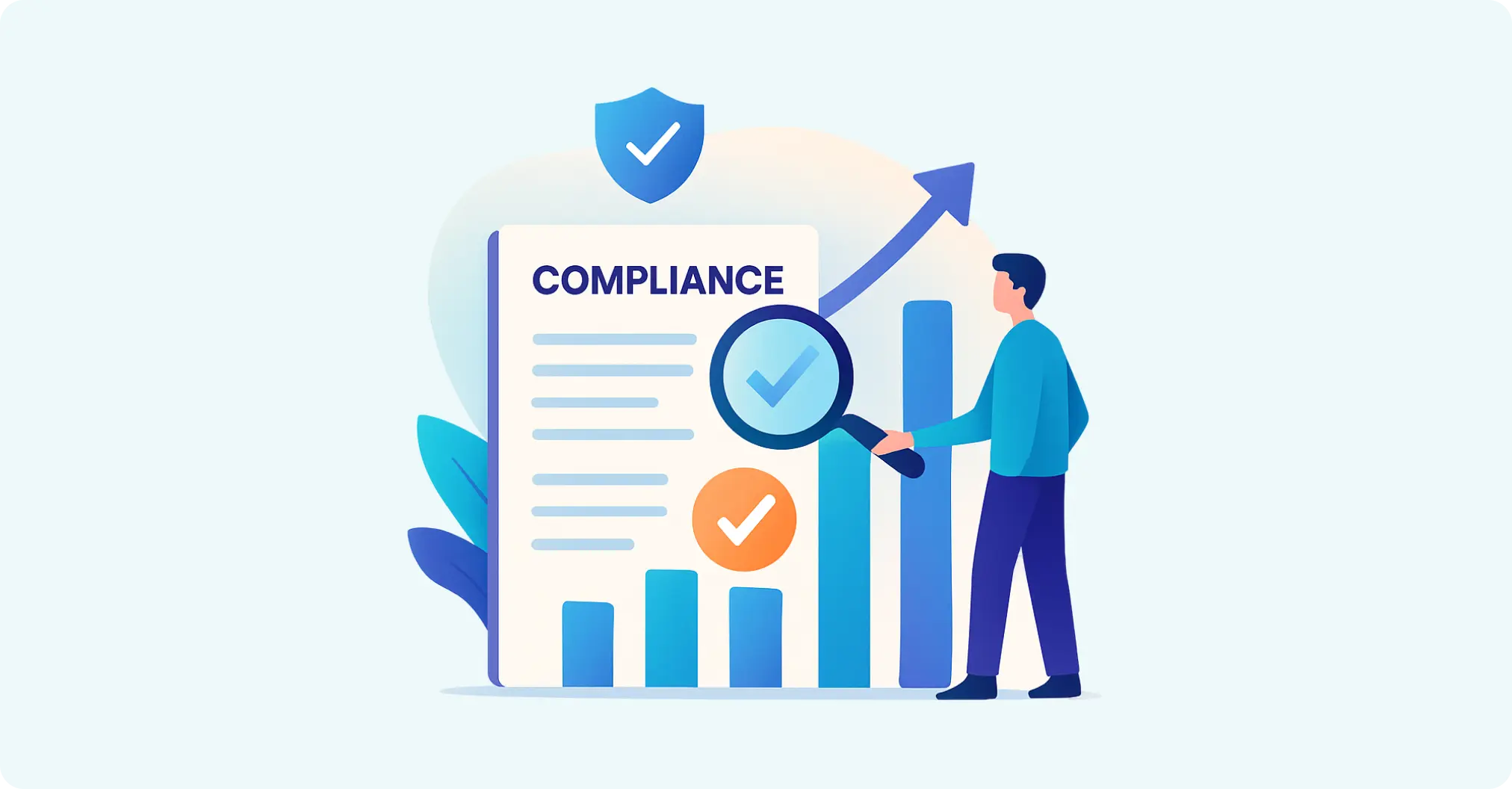Project Name
QA Strategy Optimization for Compliance & Audit Platform

![]()

A growing compliance and audit platform serving clients in heavily regulated industries faced increasing pressure to ensure data accuracy, maintain reliable audit trails, and meet strict compliance deadlines. Each sub-client operated within isolated environments with unique configurations, demanding high-quality releases with minimal errors.
As the platform scaled, the existing QA process, heavily reliant on manual testing and log reviews, could no longer meet release timelines or quality benchmarks. A strategic revamp was necessary to ensure stability, compliance, and stakeholder confidence across all client environments.
The challenges faced by the client are as follows:
-
Multiple Independent Environments
Each sub-client had its own dedicated environment, requiring independent configurations and full regression passes. This led to duplicated QA efforts and elongated testing cycles. -
Manual Log Monitoring
Error detection relied on manually parsing application logs, which was time-consuming and prone to oversight, delaying response times to critical issues. -
Performance Degradation
Key modules like employee search suffered from undetected performance drops, especially under real-world conditions, leading to negative user experiences post-deployment. -
Manual Email Notification Verification
Verification of compliance-related email alerts was done manually, often inconsistently, delaying releases and risking gaps in test coverage.
The solutions provided to the client by the Ksolves team are as follows:
-
Standardized Regression Testing Across Clients
A risk-based regression strategy was introduced to prioritize modules critical to compliance. A standardized checklist reduced duplication across environments while maintaining coverage. -
Datadog-Driven Log Monitoring
Integrated Datadog dashboards and real-time alerts streamlined log analysis. This reduced manual effort and accelerated issue detection from hours to minutes. -
Performance Baseline & Revalidation
Key modules were benchmarked under varying network conditions. These baselines became part of the post-deployment checklist to ensure no regression in performance. -
Automated Email Validation Using Zenith
Using Zenith, QA teams automated the validation of compliance-triggered email alerts, including verification of subject lines, recipients, and message content, ensuring 100% test coverage.
- 30–40% reduction in regression testing effort across client environments
- Test cycles shortened by an average of 2 days per release
- Issue detection time reduced from hours to minutes through Datadog integration
- Email test coverage improved from ~60% manual to 100% automated
- Release quality and stability improved, especially in compliance-critical modules
- Stronger stakeholder confidence in QA through consistent, timely releases
Through a structured QA transformation involving Datadog monitoring, Zenith-based email testing, and performance benchmarking, the client significantly elevated their quality assurance capabilities. The revamped approach not only improved testing efficiency and accuracy but also strengthened compliance reliability across all client environments.
This modern QA strategy positioned the platform to support rapid scaling, reduce operational costs, and meet stringent regulatory demands with confidence.
Elevate QA for Compliance-Critical Platforms with Scalable Automation and Real-Time Monitoring.






